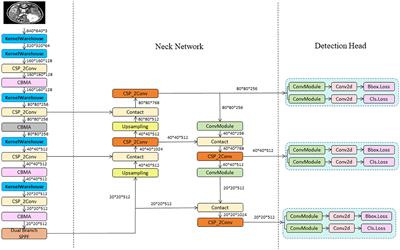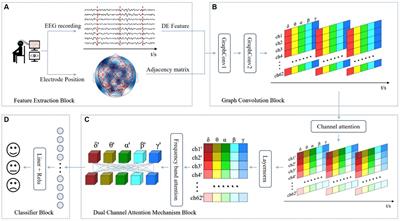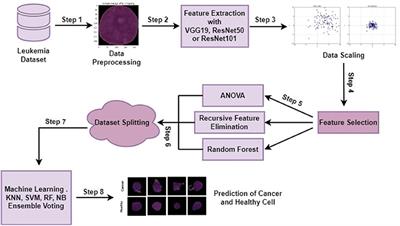EDITORIAL
Published on 10 Feb 2025
Editorial: Computer vision and image synthesis for neurological applications
doi 10.3389/fncom.2025.1561635
- 377 views
2,846
Total downloads
15k
Total views and downloads
EDITORIAL
Published on 10 Feb 2025
ORIGINAL RESEARCH
Published on 29 Jan 2025
ORIGINAL RESEARCH
Published on 22 Aug 2024

METHODS
Published on 19 Jul 2024

ORIGINAL RESEARCH
Published on 24 Nov 2022

